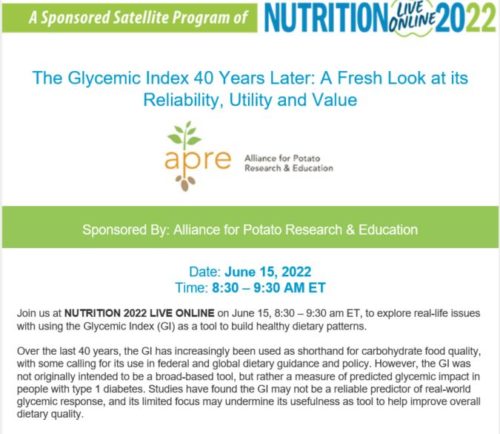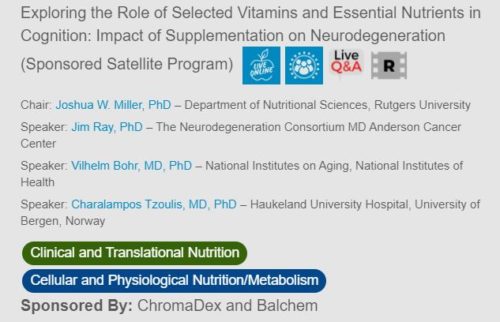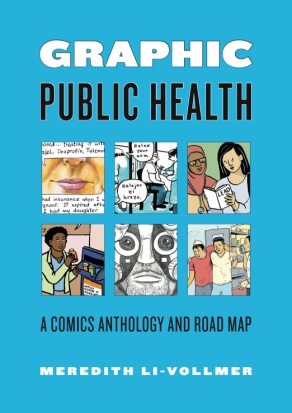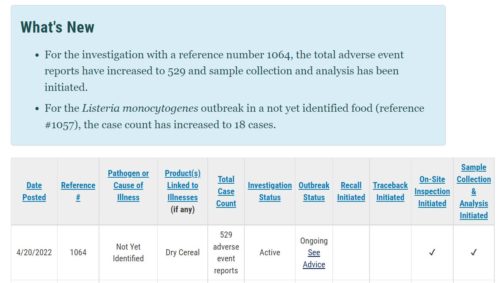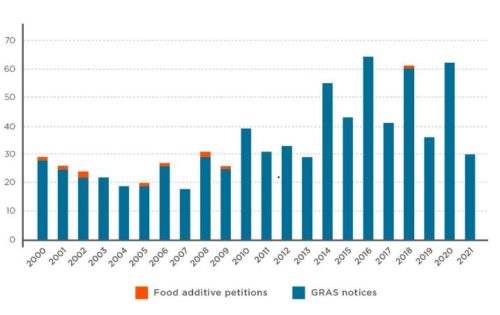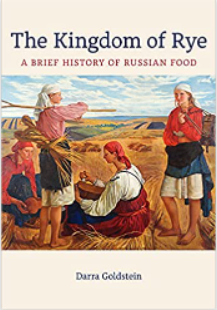Do farm subsidies help alleviate poverty?
When it comes to analyses of agricultural policies, some of the most critical come from conservatives.
From the American Enterprise Institute: Farm Subsidies and the Poor (2022). The key points:
- Despite claims to the contrary, farm subsidies do little to reduce food prices and almost nothing to alleviate rural poverty.
- Payments of farm subsidies are roughly proportional to farm output; therefore, those who operate small farms receive minimal benefits from such programs.
- Other US Department of Agriculture policies that provide low-income households with subsidies to buy food do increase food security and reduce poverty.
An earlier report from the American Enterprise Institute: Agricultural subsidies aid the wealthy, not those in rural poverty (2017)
Taken together, these programs cost about $20 billion every year…Who gets all that federal money? About 70 percent of all crop insurance and other farm income safety net payments flow to 10 percent of the largest crop-producing farm businesses. This group comprises less than 100,000 farm operations, each of which on average receives more than $140,000 every year…In contrast, 10 percent of the smallest farms receive a mere pittance, on average no more than about $50 — from the federal crop insurance and safety net programs. And the bottom 80 percent, including midsize farms, receive less than 10 percent of all subsidy payments.
From the Cato Institute: Examining America’s Farm Subsidy Problem (2020)
U.S. agriculture is on track for one of the three most‐profitable years in a half century. Adjusted for inflation since 1973, projected net farm income in 2020 will be surpassed only by 2011 and 2013 figures. The chart and underlying data are available from the USDA here:


